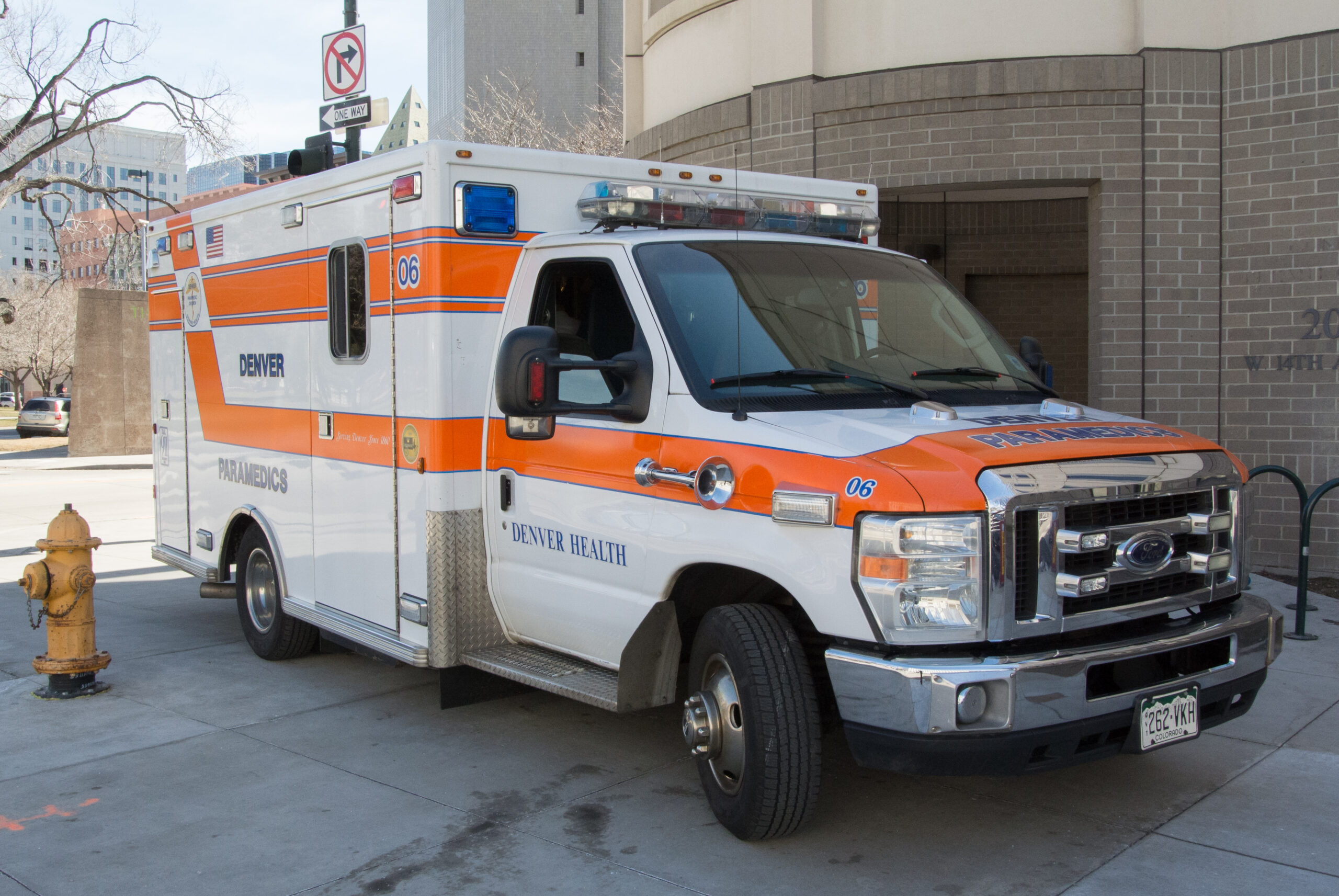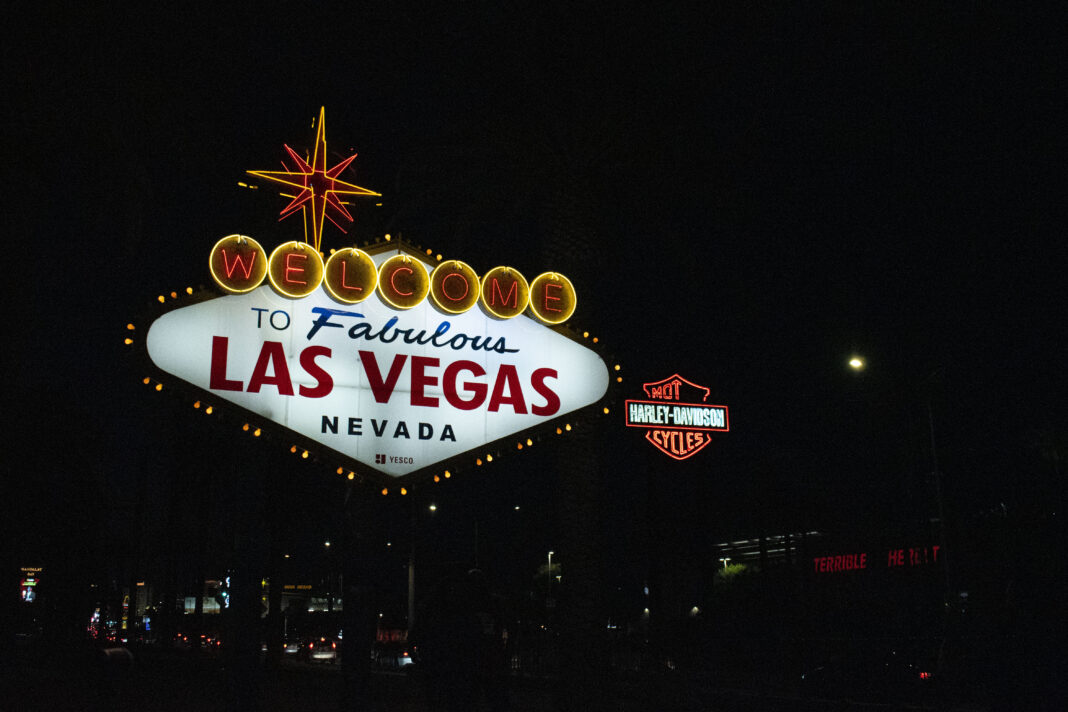
LAS VEGAS – Richard Ybanez always saw himself as his little brother’s protector.
Growing up as latchkey kids on Guam, a U.S. territory in the Western Pacific, he and Glenn spent their childhood mostly outdoors, tinkering with their bicycles and riding their skateboards. If anyone tried to pick on his brother, Richard had his back.
But Richard wasn’t there the morning a Las Vegas police officer pulled over Glenn Ybanez and his girlfriend after she allegedly failed to signal before switching lanes. Glenn, a former Army combat medic, who struggled after his return from Iraq, had two outstanding drug warrants. He tried to run from the traffic stop, according to the police report, but an officer tackled him before three onlookers piled on. Paramedics transported the unresponsive Glenn to the hospital, where he was found to have a small brain bleed and abrasions covering his body, the report said.
Glenn, who was studying to become a nurse, died two days later — on the Fourth of July 2012 — at 37. The medical examiner ruled his death an accident.
In the decade since he buried his brother in the Guam Veterans Cemetery, Richard Ybanez said he continues to believe that police had a bigger role in Glenn’s death than they reported.
“It was an arrest that could have been — a death [that] could have been — prevented,” the older brother said by telephone from Guam. “I want the police officers and the [Las Vegas] Metropolitan Police Department to be accountable for their officer’s actions.”
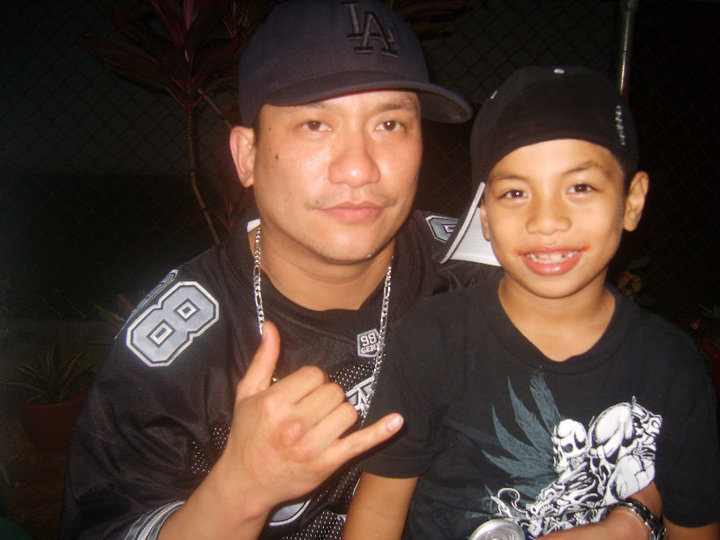
Glenn Ybanez is one of at least a dozen people who died in Nevada from 2012 through 2021 during or shortly after encounters with police that did not involve a gun, an investigation by The Associated Press and the Howard Center for Investigative Journalism at Arizona State University found. But because these kinds of deadly police encounters may not be publicly reported, no one knows how many truly occur. The Las Vegas police department denied a public records request from the Howard Center that would have shed light on the number of such deaths.
Roxann McCoy, past president of the Las Vegas chapter of the NAACP, noted that neither George Floyd, whose 2020 death prompted a national reckoning on police violence, nor Tashii Brown, who died in a 2017 encounter with Las Vegas police, were shot. Both died after what’s known as “less-lethal force,” she said. But “this is a force that proved to be just as deadly.”
With police attention nationwide largely focused on investigating and reducing shooting deaths, deaths after so-called less-lethal force often escape public scrutiny and the kind of accountability that can lead to police reforms. They are also less clear-cut than shootings, in part because they often involve a mental health or drug-induced crisis. Attorneys who represent the deceased and their families say that allows other cause-of-death theories to develop and may obscure police involvement in someone’s death.
“When you have a shooting case and somebody dies as a result, it’s pretty clear that the shot, you know, took them out,” said Andre Lagomarsino, a Nevada attorney who has litigated several high-profile police shootings and other death cases.
When someone dies in police custody not from a gunshot, he said, “alternative theories” on cause of death – such as drug abuse or heart attack – are often posited, though not always plausibly.
“People have enlarged hearts everywhere and they’re walking around, right?” Lagomarsino said. “It seems to be the people with the enlarged hearts that get choked to death.”
Less lethal in Las Vegas
Most deadly encounters with police in Nevada’s largest city are still caused by shootings. But West Juhl, communications director for the American Civil Liberties Union of Nevada, noted that Las Vegas metropolitan police officers are “increasingly trained to rely less on their guns.”
“So what we see now is they’ll reach for these other, quote unquote, ‘less than lethal’ tools,” said Juhl, a former criminal justice reporter.
Yet how often these methods prove lethal is currently “a mystery,” according to Michael White, a professor of criminology and criminal justice at Arizona State University, since “a lot of the focus on use of force and use-of-force data collection is on shootings.”
Because data on such non-shooting deaths are not readily available, it’s difficult to do any meaningful data analyses on local or national trends, he said.
Even crowd-sourced data collection efforts such as Fatal Encounters — a website that houses shooting and non-shooting death data involving police based on paid researchers, public records requests and news reports — are likely incomplete, White added.
“The federal government should be tracking this,” he said. “It’s disgraceful that they don’t.”
The executive director of the Police Executive Research Forum, a national law enforcement research and policy organization, said he was not aware of any comprehensive effort to track non-shooting deaths by police but thought it would be useful.
“Any time that we can provide better information and put it in a way that people can understand, I think it’s helpful,” Chuck Wexler said.
The FBI attempted to create a comprehensive database on police use of force in 2019 and has since shared some limited data from agencies that voluntarily submitted information about use of force incidents that resulted in a death, serious bodily injury or deployment of a firearm.
But highlighting its focus on shooting deaths, the Las Vegas Metropolitan Police Department told the Howard Center that the department provides information to the FBI’s data collection website only about deadly police encounters with a firearm. In other words, none of the non-shooting deaths the department’s officers were involved in would be captured in that data.

To identify non-shooting deaths resulting after police encounters in Nevada, the Howard Center read thousands of pages of court documents and other reports obtained through public records requests to local and county law enforcement agencies, district attorneys’ offices and the state’s two largest medical examiners’ offices. Other leads came from local news reports and crowdsourced lists of deaths allegedly caused by police.
Eleven of the 12 deaths involving restraint that the Howard Center identified in Nevada involved men, ranging in age from 22 to 65. At least eight were people of color and, of those, five were Black. All but four of the deaths involved officers of the Las Vegas Metropolitan Police Department, one of the largest in the nation.
The department’s website has extensive data on the number of shootings its officers are involved in each year, even if the gunshot doesn’t lead to someone’s death. But the department does not publicly report on the number of non-shooting deaths from other types of force that police use, the Howard Center found.
In fact, its website includes only four of the fatal restraint cases that the Howard Center identified, as well as information on one man who died in a restraint chair while being held in jail. Such in-custody jail deaths were not part of the Howard Center’s review.
Las Vegas police officials declined to discuss arrest-related deaths, agreeing to be interviewed only about police reforms.
Less-lethal force varied across the fatalities the Howard Center reviewed. In addition to chokeholds and leg restraints, some victims were held in a prone, or facedown, position by the full weight of an officer, and one had his hands cuffed to a chain around his waist.
Official records reviewed by the Howard Center revealed that Tasers played a role in three fatal arrests — including the death of Tashii Brown, a 40-year-old, unarmed Black man. Brown died in 2017 after a Las Vegas police officer shocked him with a Taser multiple times, punched him in the head and put him in a chokehold for over a minute at the Venetian Resort.
Several other fatalities the Howard Center identified also involved multiple uses of force.
Leading up to the death of Michael Guillory in December 2021, Las Vegas police officers shot high-velocity bean bags, released a police dog and deployed a Taser on Guillory after he was allegedly pulling on car door handles in his apartment complex while carrying a sword, according to a police report.
Guillory, a 37-year-old Black man who had served in the U.S. Army and reportedly suffered from post-traumatic stress disorder and schizophrenia, was taken to the hospital after the altercation and died shortly after. His autopsy report said the cause of death was “cocaine intoxication.”
Eleven of the 12 deaths in Nevada involved people who were on stimulant drugs, such as meth or cocaine, at the time of their death — something McCoy, then with the NAACP, said police sometimes use to justify their tactics.
“A lot of times, when they’ve used excessive force on someone, mostly Black people, they’re like, ‘Oh, they’re on drugs’ and, you know, and then ‘their drugs make them ‘superhuman,’” she said, referencing a racist stereotype that people of African descent are stronger and don’t feel pain as easily.
Several of the men who died also had criminal backgrounds, records showed, which McCoy noted police sometimes also use to try to diminish a death. “They’ll bring all that up to paint this picture to the community that, ‘Look at what we’ve taken off the streets for you,’ ” McCoy said.
Non-shooting deaths left behind
When a Las Vegas police officer shoots and kills someone, the death sparks a clear review process: from providing information to the public to evaluating whether policies should be changed and whether an officer should be charged for his or her role in the fatality.
By contrast, the Howard Center found that some of the department’s non-shooting fatalities did not receive the same degree of attention because the department’s system for investigating deaths was designed primarily to address those involving firearms.
That system was established after the Las Vegas Review-Journal published a five-part series in 2011 centered on the Las Vegas police department that revealed a pattern of shootings and a lack of officer accountability.
The stories prompted the NAACP and the ACLU, two leading civil rights organizations in the state, to petition the Department of Justice to investigate the use of force by Las Vegas police.
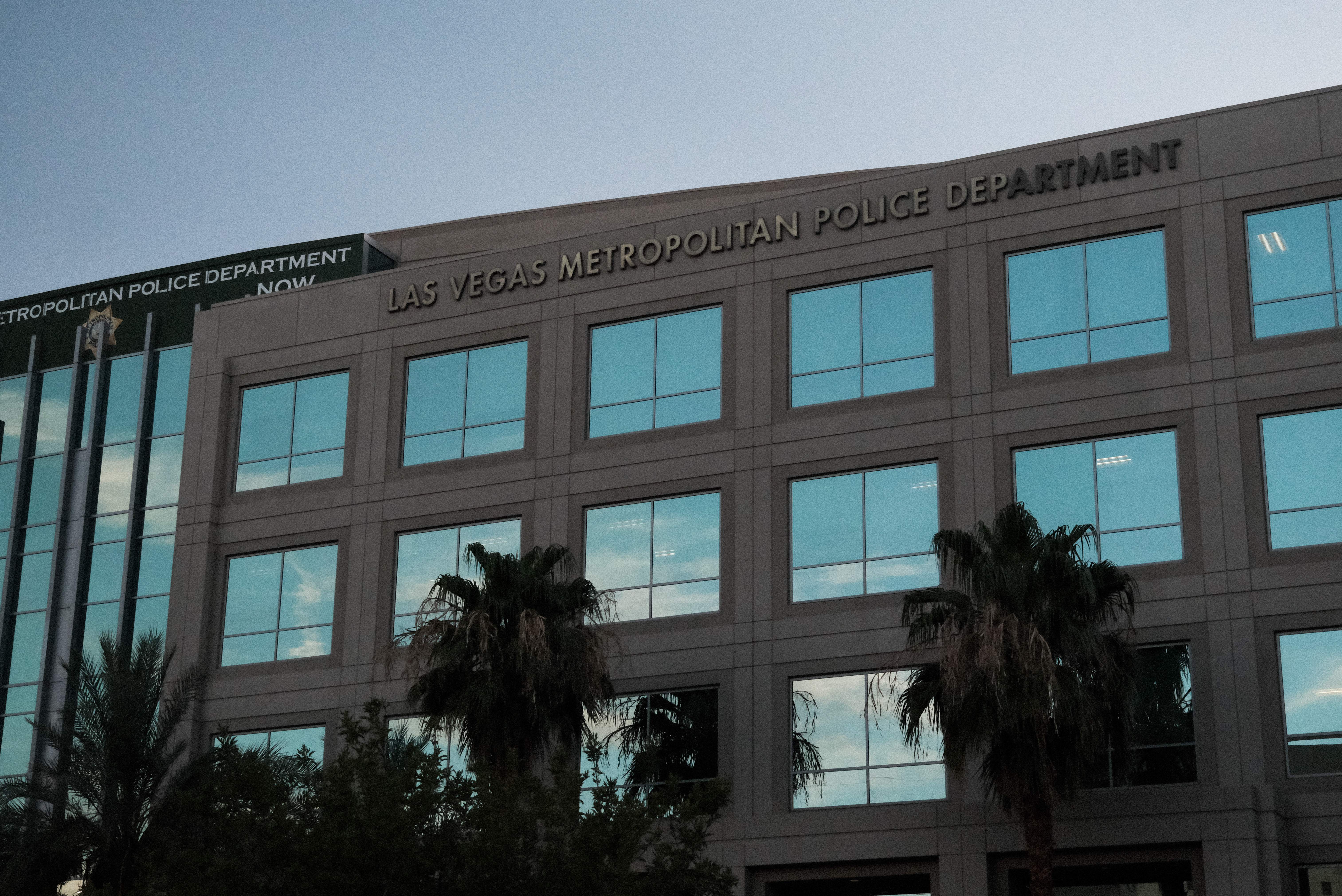
In early 2012, the Las Vegas police department began working with the Justice Department on an in-depth review of police practices to reduce officer-involved shootings, known as the Collaborative Reform Initiative.
That six-month review resulted in dozens of recommended changes to Las Vegas’ police policies — most focused on the use of firearms and officer accountability — in addition to other reforms the department already had begun.
“We wanted to improve upon our tactics. We wanted to improve upon our training, and we wanted to eliminate and reduce the number of officer-involved shootings,” said James LaRochelle, then the deputy chief of the Las Vegas department’s investigative services division. He retired from the department in March 2023, according to his LinkedIn page.
By the end of 2012, the number of shootings by Las Vegas police dropped 37% from the previous year, according to a Justice Department assessment.
Because of Collaborative Reform’s emphasis on reducing shootings by officers and establishing a more detailed review protocol when they occurred, experts say the Las Vegas police department became a leading model for police reform in the state.
Now, when an officer uses “deadly force,” a Critical Incident Review Team examines the case and provides findings and recommendations related to department policy. A Force Investigation Team conducts a separate investigation into whether an involved officer’s conduct violated any laws, which is passed onto the district attorney for review.
LaRochelle said the Critical Incident Review Team will “look at policy against an officer’s performance a hundred times” in any given year to determine whether changes are needed.
But in two 2021 restraint deaths, Las Vegas police completed only “dead body” reports, which include basic information about what happened in a case. The Force Investigation Team did not complete a report on either death. And the Critical Incident Review Team didn’t evaluate either to determine whether the officer had violated policy or if potential policy changes were needed.
Non-shooting deaths resulting from police encounters are also handled differently by the district attorney for Clark County, which encompasses Las Vegas, the Howard Center found.
The prosecutor’s office conducts a legal review of all police shootings in order to determine whether an officer’s conduct was legally justified. But the agency never issued opinions on nearly half of the non-shooting death cases the Howard Center identified in Las Vegas, including Ybanez’s death.
The Clark County District Attorney’s Office declined requests from the Howard Center for a phone interview or to respond to written questions. The office instead pointed to its protocol for police use of force, which the policy says applies to “any use of force incident in Clark County by a law enforcement officer” that results in a death.
It’s rare for police to be criminally charged, even when the district attorney does screen a case. Of the 12 deaths the Howard Center identified, prosecutors pursued charges against just one officer, and a grand jury ultimately declined to indict him.
The lack of a district attorney opinion or review eliminates a potential avenue for police accountability in these cases. And holding officers responsible for their conduct is something many experts see as significant, given their power.
“They need to be held responsible in a way that we don’t hold other people responsible because we don’t tell other people to put on a uniform and represent the Las Vegas Metro area,” said Frank Rudy Cooper, a law professor and policing expert at the University of Nevada, Las Vegas. “They’re wielding deadly force on all of our behalf.”
Complex cases, ambiguous deaths
Since determining the cause of death is far less straightforward in non-shooting fatalities, proving the role police had in a death that involved Tasers, chokeholds or other types of physical force can be far more complex than in cases involving guns. And that lack of clarity sometimes creates ambiguity about a person’s cause of death.
The Howard Center’s investigation found four cases, including Ybanez’s, in which medical examiners ruled fatalities not as homicides but as accidents.
Their autopsies barely mention the police, essentially ignoring the context in which the person died.
Coroner’s investigations, which supplement autopsy findings, provide some details about the events preceding these fatal encounters. Michael Guillory’s autopsy didn’t reference the multiple types of force officers deployed as they attempted to take him into custody.
The only indication in the autopsy to law enforcement involvement is a notation that the medical examiner watched video footage of police officers’ prolonged altercation with police.
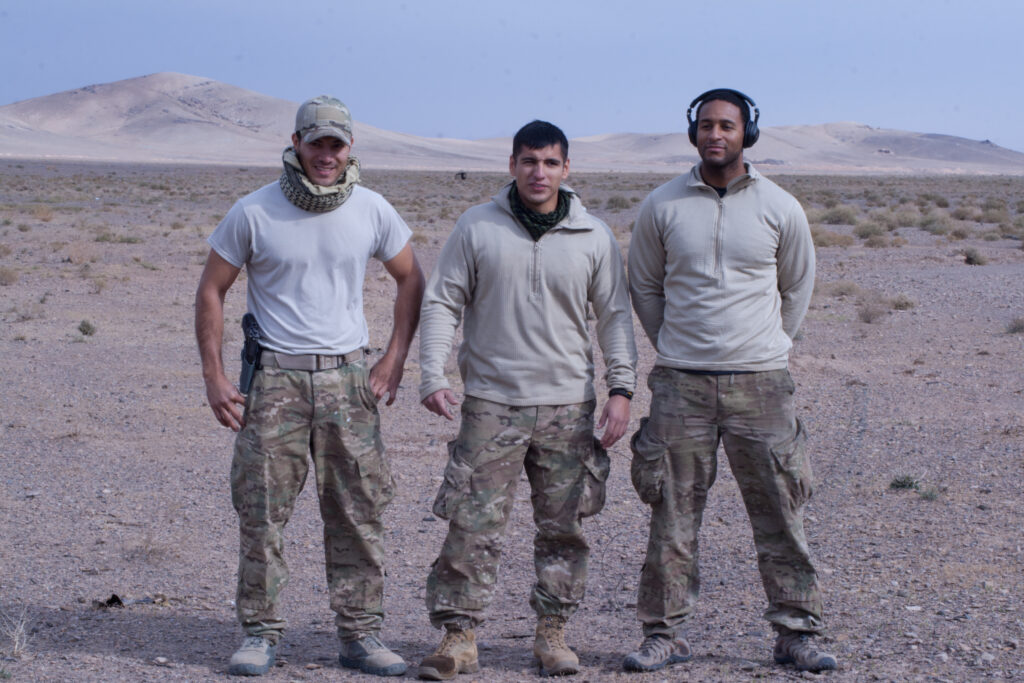
Judith Guillory said she watched through a crowd in December 2021 as police confronted her son, Michael, outside their apartment complex. “All I heard was ‘pow, pow, pow,’ and I ran as fast as I could. I’m trying to get to him. But the officer stopped me and I’m like, ‘Did you just shoot my son?’” she remembered asking.
The officer told her, no, and explained he had been shot with a less-lethal weapon — bean bag rounds. “He’s going to be okay,’” she recalled him saying.
Guillory died the next day in an intensive care unit. The medical examiner’s office later informed Guillory’s mother that her son — who once dreamed of becoming a social worker — had died from a blood clot.
The autopsy did not address the potential impact of the Tasers, high-velocity bean bags, dog bites or sedatives police used on Guillory.
“Essentially she was trying to tell me there was no wrongdoing,” Guillory said. “And I even asked her, I said, ‘So you’re telling me if he was sitting at home, he was going to die?’ And she said, ‘Yes.’”
Guillory’s mother filed a federal wrongful death lawsuit against the Las Vegas Metropolitan Police Department and the paramedics who injected him with ketamine in December 2023.
The medical examiner in Ybanez’s case did address the actions of police but said that the force was not a “substantive cause of death.”
Clark County Coroner Melanie Rouse said the decision on whether to rule a death an accident versus a homicide is based on the individual details of each case, including the findings of an investigation that is independent from law enforcement but relies in part on information from police.
“It is very case specific,” she said, “meaning that all of the information is compiled and reviewed in the whole picture for more of a holistic investigation.”
Each of the four deaths the Howard Center identified that were ruled accidents were attributed — at least in part — to stimulant drugs. However, experts say that determining cause of death when meth or another stimulant drug is involved is challenging because lethal levels vary based on someone’s weight, tolerance, history of drug use and other factors.
Rouse said the coroner’s office takes into consideration multiple factors when determining whether a death was due to an overdose.
“We do look at drug tolerances, we look at drug interactions, the levels, other significant conditions that can contribute to those drugs becoming lethal,” she said. “It’s the totality of circumstances that would lead us to delivering a result that would say ‘This is, in fact, a death due to methamphetamine.’”
Different opinions about what caused someone’s death can complicate a case — particularly if it reaches a courtroom, said Lagomarsino, the Nevada attorney who has litigated several arrest-related death cases.
“Usually the police are going to come in with an expert that they use in all cases who’s going to say that the use of force was justified,” he said. “And they’re going to come and say, ‘Well, it was really the meth that caused that.’ And our counter to that is, ‘Well a person wouldn’t have spontaneously died from meth on the spot” had police not been involved.
Asymmetrical accountability
In 2019, 50-year-old Byron Williams died after he fled from Las Vegas police who pulled him over on his bicycle because it did not have front or rear lights. After police caught and subdued him, Williams said repeatedly that he could not breathe as one officer moved his knee between the man’s head and shoulder blades and another pinned down his buttocks.
Police ignored his complaints, according to a lawsuit that Williams’ family filed against the police department and the city of Las Vegas. Those records and incident videos obtained by the Howard Center show that one officer told Williams that he couldn’t breathe “because you’re f—— tired of running.” Another said, “You’re good, you got pressure on your butt, that’s all.” A third officer said, “Ain’t no help coming for you. Stop crying.”
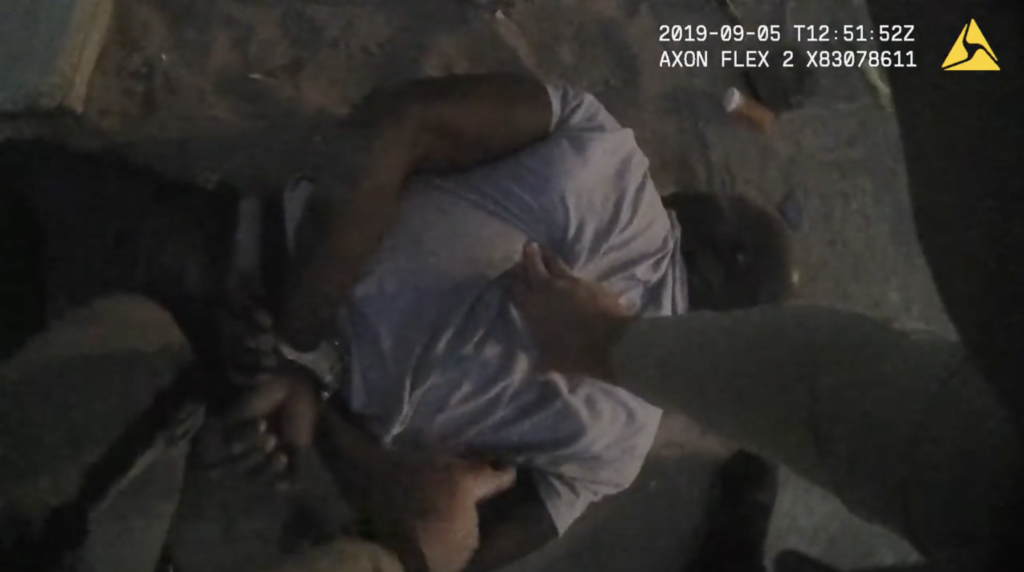
The medical examiner ruled Williams’ death a homicide caused by methamphetamine intoxication, but it still prompted the Las Vegas police department to revise its use-of-force and foot-pursuit policies to require, among other things, officers to call for medical attention if a suspect is in distress. The agency also created a course meant to “reinforce the expectation of ethics, values and professionalism in law enforcement both on-duty and off, emphasizing that officers value every human life before, during and after use of force.”
Despite their complexity, other cases of non-shooting deaths – if they’ve been fully investigated – have also spurred reforms.
The 2017 death of Brown, who died after an encounter with police at the Venetian Resort, prompted the department to limit the use of the potentially deadly chokehold an officer put him in to situations in which an officer’s life is threatened.
Experts agree the system for investigating shooting deaths has improved in Nevada since Collaborative Reform. But both Richard Ybanez and Judith Guillory said they think non-shooting deaths need a similar level of attention if they’re ever going to spark change.
“There’s no mother that I would wish this on,” said Judith Guillory. “No mother. She could be my certified enemy and I wouldn’t wish this on her.”
Ybanez did not see a copy of the Las Vegas police report until 10 years later, when reporters provided him a copy of the public document. It included the name of the arresting officer, and the reasons for the traffic stop. Those few details provided a degree of closure, Ybanez said, but he longs for more accountability.
“Accountability would be owning up to saying it’s not an accident, and they should have… I mean, they should have Metro [police] do an internal investigation regarding this situation,” he said. “Because I know now from reading this, this arrest wasn’t handled correctly. And my brother’s death could have been prevented.”
Even if someone has committed a crime or is on drugs, that person deserves to be tried in court, he said, rather than “brought to the hospital not alive or not breathing.”
“I’d rather be talking to my brother from a jail cell where I know he’s alive and he’s going to get out,” Richard Ybanez said, “versus not talking to him at all, going to the veteran’s cemetery and visiting him with a candle and a flag.”
Reporters Arlyssa Becenti, Rachel Konieczny, Brooke Manning and Juliette Rihl contributed to this story. It was produced by the Howard Center for Investigative Journalism at Arizona State University’s Walter Cronkite School of Journalism and Mass Communication, an initiative of the Scripps Howard Fund in honor of the late news industry executive and pioneer Roy W. Howard. Contact us at howardcenter@asu.edu or on X (formerly Twitter) @HowardCenterASU.
